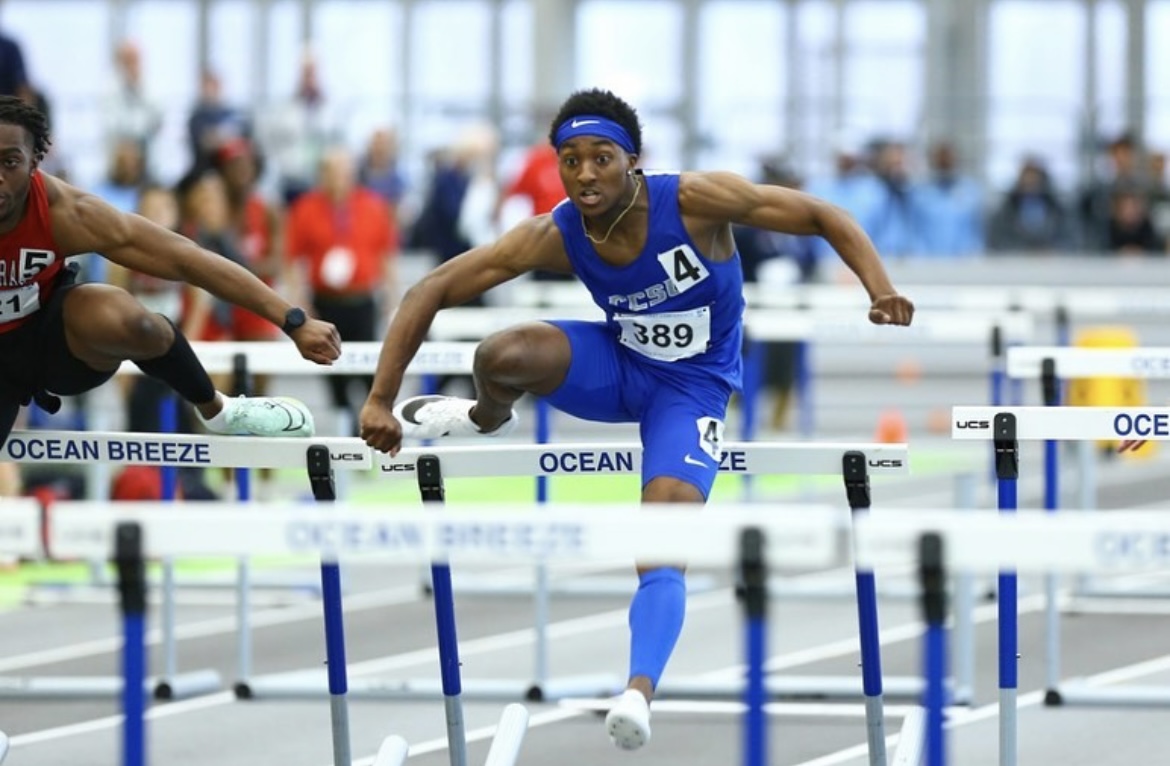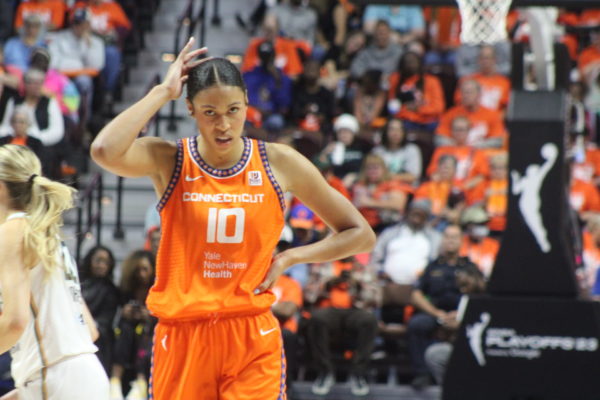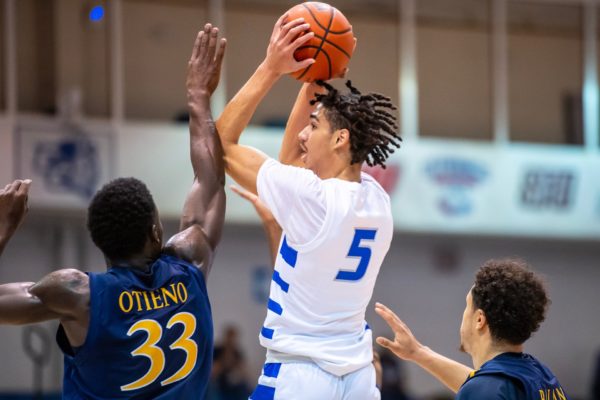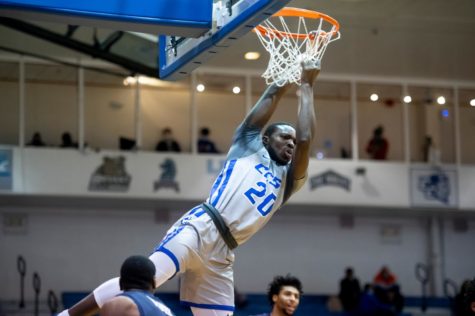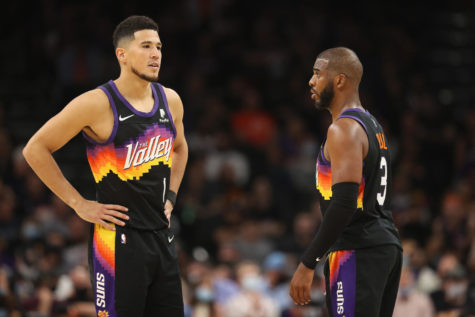What NBA’s Professional Path Means For The NCAA
December 6, 2018
In all of professional sports, the transition from amateur to pro is supposed to be a long, difficult path. However, there has been a league where athletes are consistently having great success, the NBA. Players such as Anthony Davis, Joel Embiid, Giannis Antetokounmpo and Karl Anthony-Towns have proven to be very valuable while playing either one year in college or playing overseas before declaring for the draft.
All four of these players have made appearances in the all-star game before they were 23 years old, with Davis entering his first All-Star game at age 20, his second year in the league.
The NBA has taken notice of how good the athletes are coming out of high school and responded by developing the professional path program. After a recent scandal proved many schools of power-five conferences were offering to pay highly-recruited athletes and their families to attend their school, a violation of NCAA rules.
The “Professional Path” is being arranged for elite high school prospects who need no more than a year of being around a professional system to legally be paid for their abilities, while also learning about how to handle their newfound income and the responsibilities that come with being a professional athlete.
The NBA G-League president, Malcolm Turner, released a statement on the league.
“The contracts… are for elite players who are at least 18-years-old and will pay $125,000 for the five-month season,” it read (via NBA.com).
The professional path contracts will be available for the 2019-20 season. This should worry the NCAA because, according to the ESPN recruiting database, six of the top-seven players in the class of 2019 remain unsigned.
There is also not a single player in the class of 2020’s top-35 players signed. If the majority of these prospects were to take the route of professional path contracts, the NCAA would lose revenue money due to a lack of big-name players.
Just before the announcement of the professional path, the current NCAA freshman class of 2018 lost two of its top 13 prospects to alternate paths to the NBA, while getting paid legally. The number nine prospect, Anfernee Simons avoided the NCAA by attending IMG Academy for postgraduate high school basketball to be eligible for the draft due to his age being over 18 and the year of removal from high school. Simons was the number 24 pick in the 2018 NBA draft and has earned a spot on the Portland Trailblazers on an NBA contract.
The number 13 prospect in the 2018 class, Darius Bazley, was signed by Syracuse during the 2018-19 NCAA season until April 5 when Bazley announced he would jump straight to the NBA G-League. He de-committed and signed an “internship” with New Balance worth $1 million in guaranteed money and up to $14 million with incentives (according to BleacherReport.com) directly from high school while also signing with Rich Paul of Klutch Sports, who represents many NBA stars.
The former McDonald’s All-American will now be prepared for the life and grind of being a professional athlete while also refining his basketball skills earning the salary of a professional.
Players coming out of high school are beginning to realize that they can be paid for their skills, instead of earning the NCAA millions of dollars and not receiving any of the cash to provide for their families. As players understand their worth, the NCAA will be forced to change their rules or lose money.




